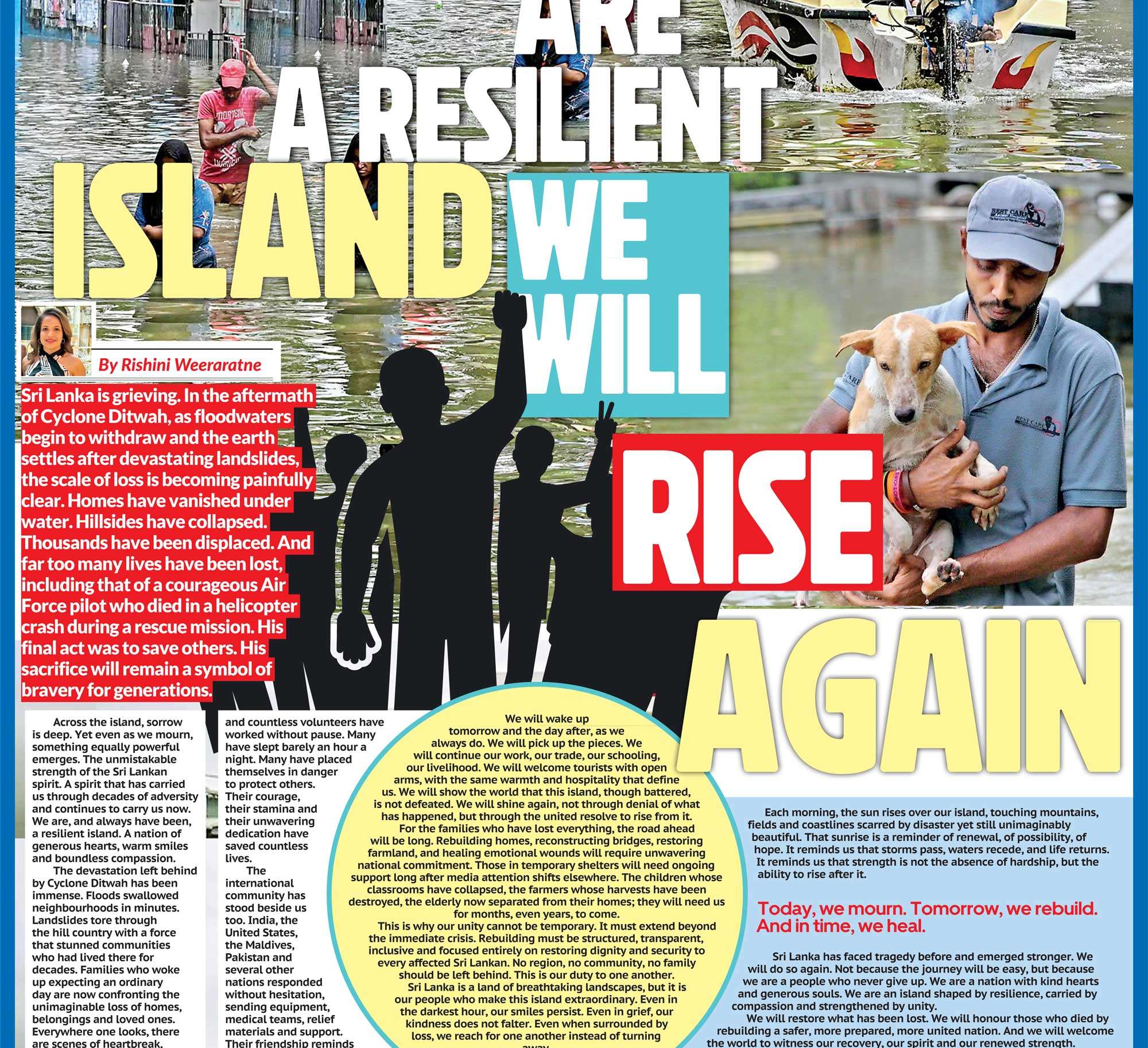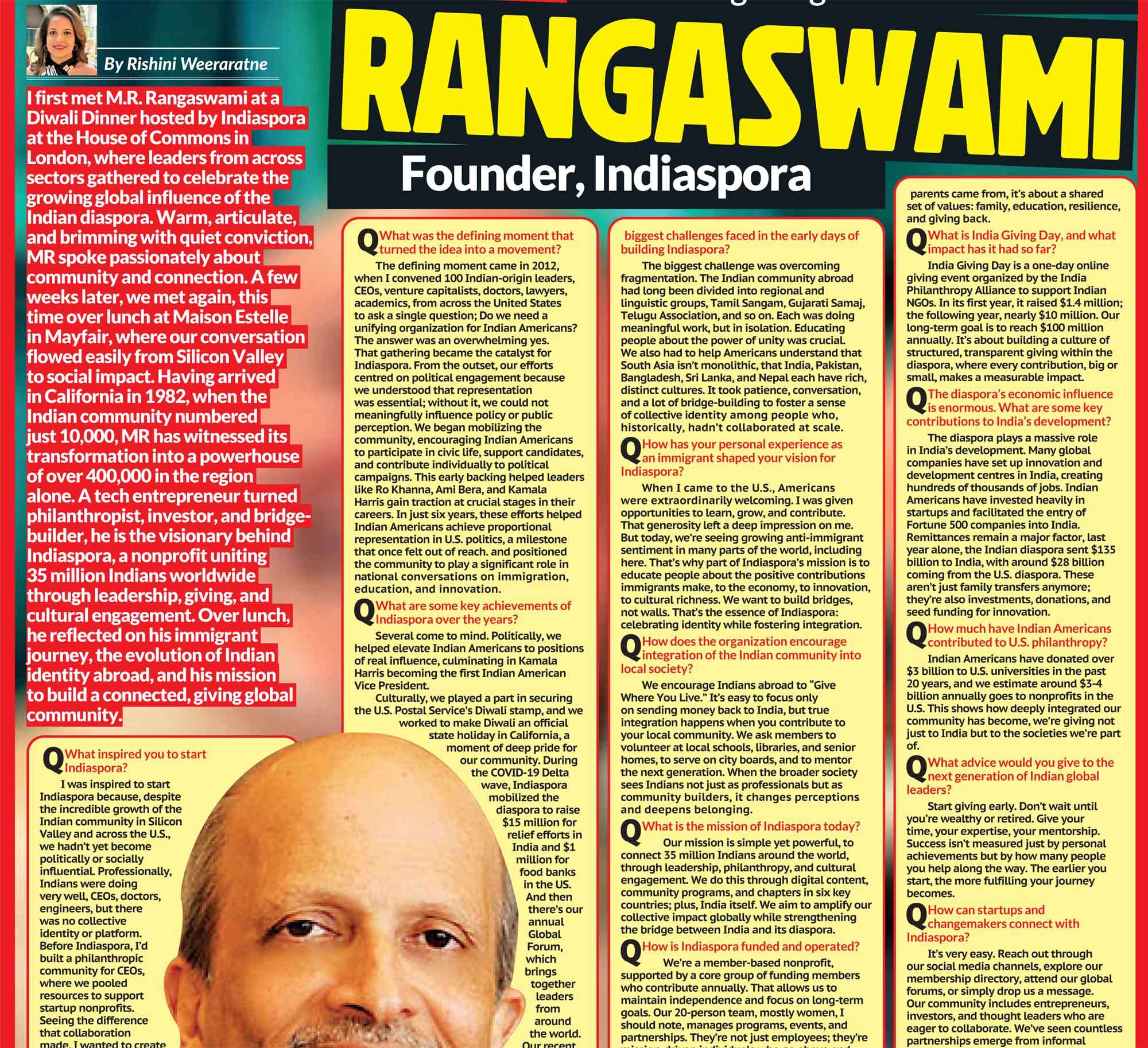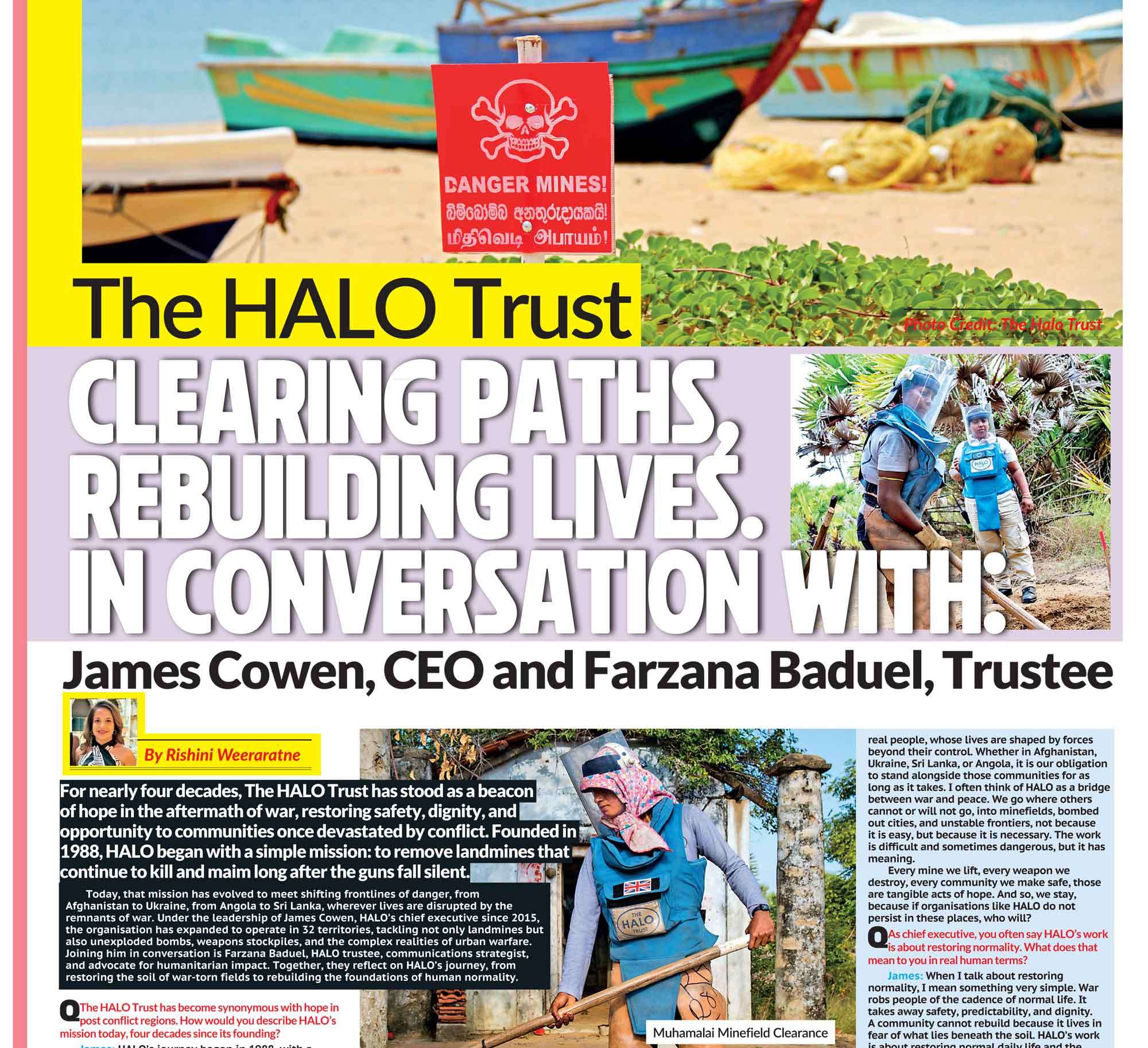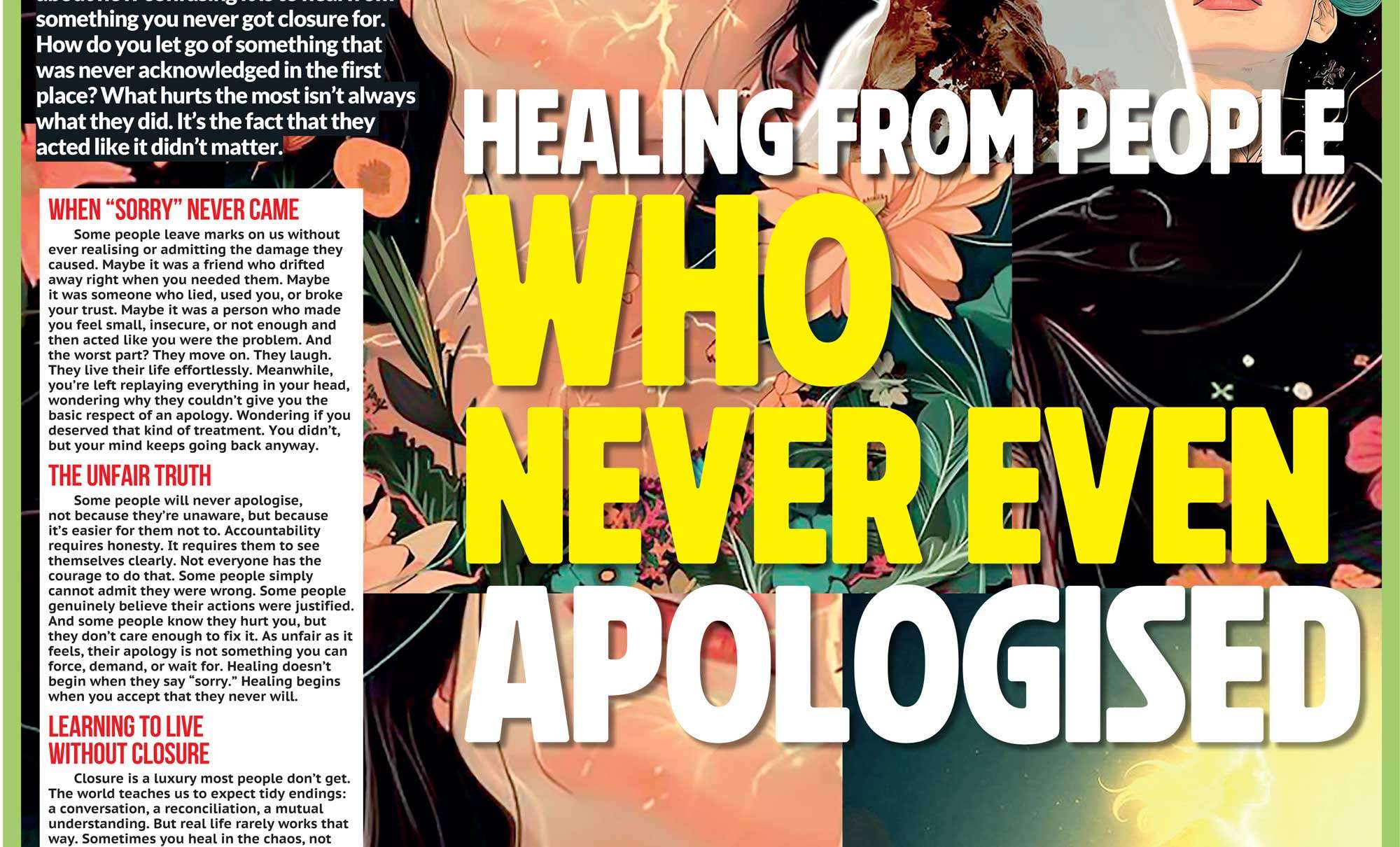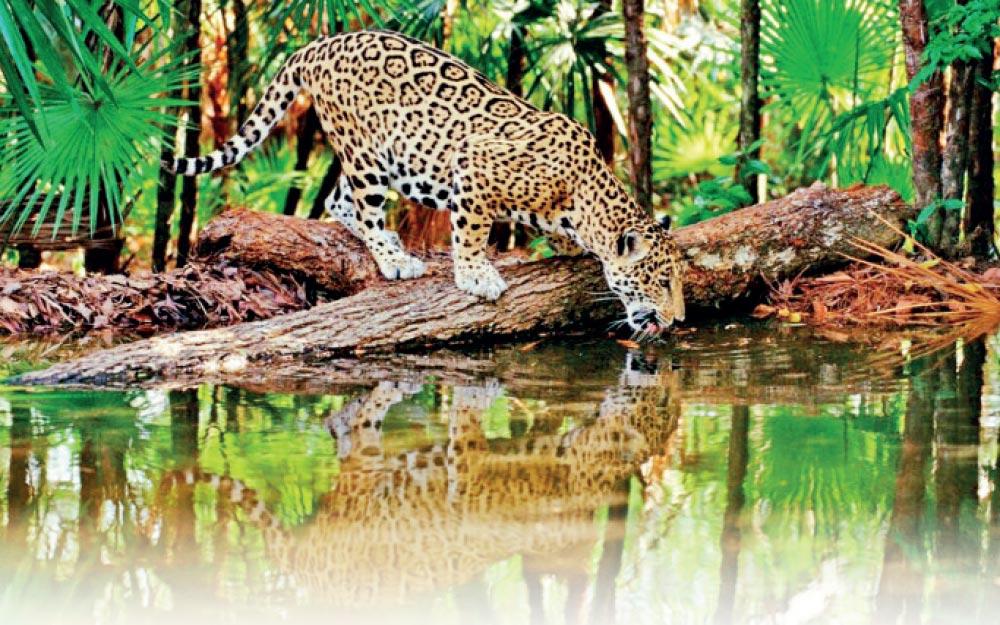
Sri Lanka is often called the "Emerald Isle," but lately, it's feeling more like a fading jewel. Our island, celebrated for its lush rainforests, vibrant coral reefs, and rich wildlife, is facing a biodiversity crisis. From the Sinharaja Rainforest to the coral gardens of the southern coast, our unique ecosystems are under siege. But why should this matter to you? Because the loss of biodiversity isn't just an environmental issue, it's a matter of survival.
 01)
01)
The Rich Tapestry of Sri Lanka's Biodiversity
Sri Lanka is one of the world's biodiversity hotspots. Despite its small size, the island boasts an impressive array of endemic species. Approximately 370 vertebrate species are unique to Sri Lanka, including 101 amphibians, 154 reptiles, 34 birds, and 20 mammals. This rich tapestry of life is not just a natural wonder; it's the foundation of our ecosystems. However, this wealth is under threat. According to the Ministry of Environment, 66% of amphibians, 56% of mammals, 49% of freshwater fish species, and 59% of reptiles in Sri Lanka are threatened. These figures highlight the urgency of the situation.
02)
Deforestation:The Silent Destroyer
One of the primary drivers of biodiversity loss in Sri Lanka is deforestation. Between 1990 and 2005, the country lost 17.7% of its forest cover. This loss is primarily due to agricultural expansion, illegal logging, and infrastructure development. The consequences are dire: habitat destruction leads to the displacement of countless species, making them more vulnerable to extinction. The Sinharaja Forest Reserve, a UNESCO World Heritage Site, is a poignant example. Home to over 60% endemic trees and 50% of Sri Lanka's endemic animal species, including butterflies, amphibians, birds, snakes, and fish, Sinharaja is a critical sanctuary. Yet, it faces threats from illegal logging and encroachment, jeopardizing its delicate balance.
03)
Human-Wildlife Conflict: A Deadly Encounter
Sri Lanka's iconic elephant population is also in peril. In 2023, the country recorded at least one elephant death per week, nearly half of which were due to human causes such as shooting and electrocution. This escalating conflict arises from habitat loss, agricultural expansion, and inadequate mitigation measures. The tragic death of two wild elephants in a train collision in Minneriya underscores the severity of the issue. These conflicts not only threaten wildlife but also endanger human lives and livelihoods, particularly in rural areas where agriculture and wildlife corridors intersect.
Climate Change: The Amplifier of Threats
Climate change exacerbates existing threats to biodiversity. Rising temperatures, altered rainfall patterns, and extreme weather events disrupt ecosystems and species distributions. For instance, coral reefs, which are vital for marine biodiversity and coastal protection, are highly sensitive to temperature changes. The bleaching of coral reefs around Sri Lanka's coastlines is a visible indicator of climate stress. Additionally, the vulnerability of endemic species to climate change is concerning. Studies indicate that many of Sri Lanka's unique species may not be able to adapt quickly enough to changing environmental conditions, putting them at greater risk of extinction.
04)
Pollinators in Peril:A Looming Crisis
Pollinators, such as bees and butterflies, play a crucial role in food production and ecosystem health. In Sri Lanka, over 81% of bee species are threatened. The decline of these pollinators poses a direct threat to agriculture, as many crops depend on pollination. Without these vital insects, food security could be compromised, affecting both rural and urban populations.
Conservation Efforts: A Ray of Hope
Despite the challenges, efforts are underway to conserve Sri Lanka's biodiversity. The government has established protected areas like national parks and wildlife sanctuaries to safeguard critical habitats. Community-based conservation programs are also gaining traction, empowering local communities to take an active role in preserving their natural heritage. International organizations and NGOs are collaborating with local stakeholders to implement sustainable practices, such as eco-friendly farming and responsible tourism, to reduce human impact on ecosystems.
05)
What Can You Do?
Protecting biodiversity is not solely the responsibility of the government or conservationists. Each of us can contribute to the preservation of Sri Lanka's natural wealth:
- Reduce Plastic Use: Plastics pollute waterways and harm marine life. Opt for reusable bags and containers.
- Support Sustainable Products: Choose products that are certified organic or sustainably sourced.
- Participate in Conservation Activities: Join local tree planting initiatives or wildlife monitoring programs.
- Educate Others: Raise awareness about the importance of biodiversity and the threats it faces.
A Shared Responsibility
Sri Lanka's biodiversity is not just a national treasure; it's a global asset. The loss of species and ecosystems affects climate regulation, water purification, and food security, services that transcend borders. Protecting our biodiversity is not optional; it's essential for the well-being of all life on Earth. As we face the challenges of the 21st century, let us remember that the fight to preserve biodiversity is a fight for our future. By taking collective action, we can ensure that Sri Lanka remains a vibrant, thriving island, a beacon of biodiversity for generations to come.


